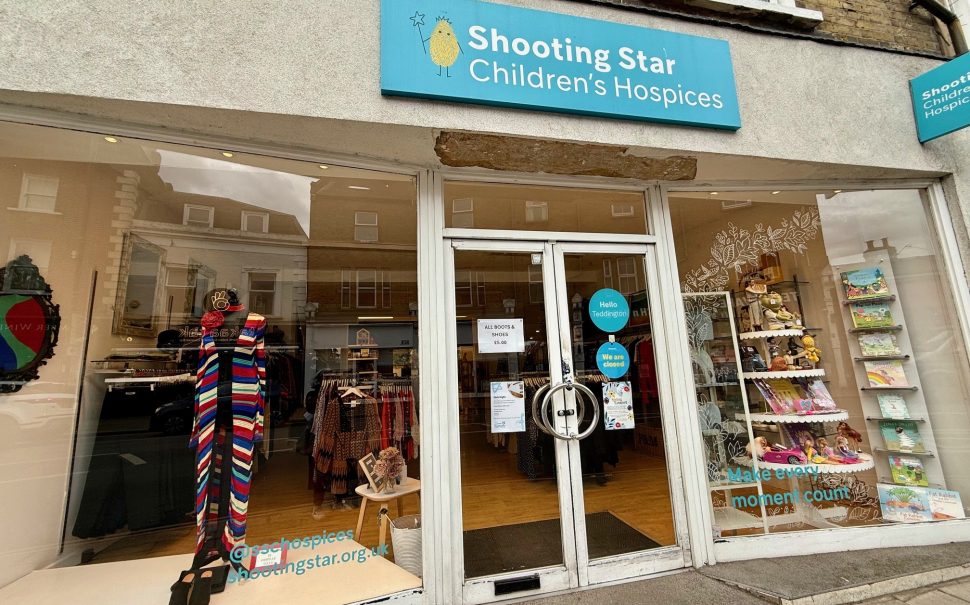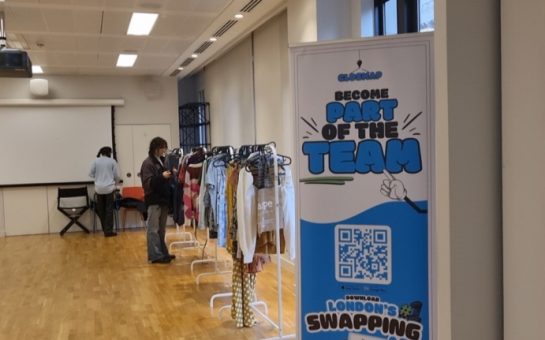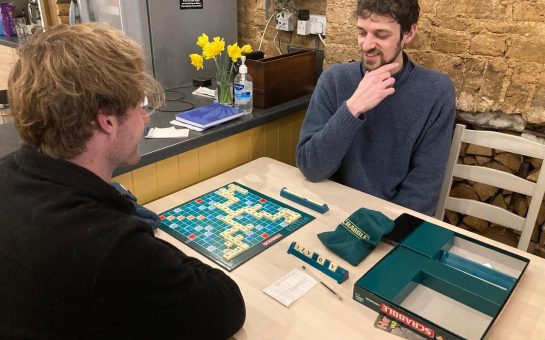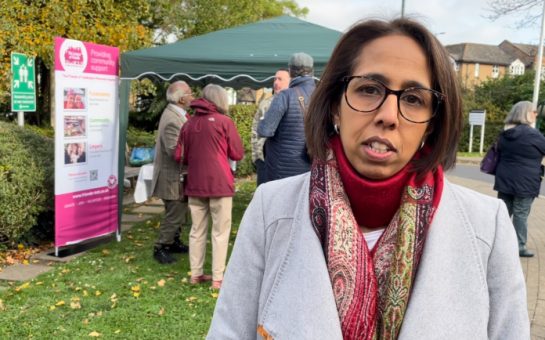Dedicated volunteers socialise while they support their favourite charity, keep foot traffic flowing and offer spontaneous shopping for bargain hunters in Teddington.
In what might otherwise be an empty storefront due to high rents, charity shops use their tax subsidies to pay the rent and keep the property active.
Teddington has ten thrifts shops, stretching along the 0.3-mile, seven-minute walk down the High Street and Broad Street, and donated items in these shops offer the opportunity to find something incredibly unique.
Oxfam manager David Horatter said: “The most unusual thing we received was a collection of Edwardian buttons, and a set of huge architectural drawings.
“We sell a variety of donated clothes and accessories, books, music, and homewares. We also stock Fairtrade food and greetings cards.”
Charity shops raise around £300million a year for charities in the UK, according to 2025 statistics from The National Council for Voluntary Organisations (NCVO).
The Teddington Society states there are approximately 100 shops and businesses on the High Street with two charity shops and are approximately 70 businesses in Broad Street with seven charity shops.
Fara, which means “without” in Romanian, has three separate charity shops alone, each specialising in different products including children’s toys, books, and clothes.
The society points out there have been massive changes in the makeup of the High Street and Broad Street over the last 20-40 years, which with the arrival of supermarkets and continues with pressures from online shopping.
Butchers or greengrocers have been replaced with services including nail salons, hairdressers or barbershops, coffee shops, and restaurants.
Paid managers and assistant managers run Teddington’s charity shops, with the rest of the staff being made up of volunteers working one or two days a week sorting, attaching price stickers, merchandising, and selling.
Whatever needs to be done, it is all part of giving back to and being part of the community.
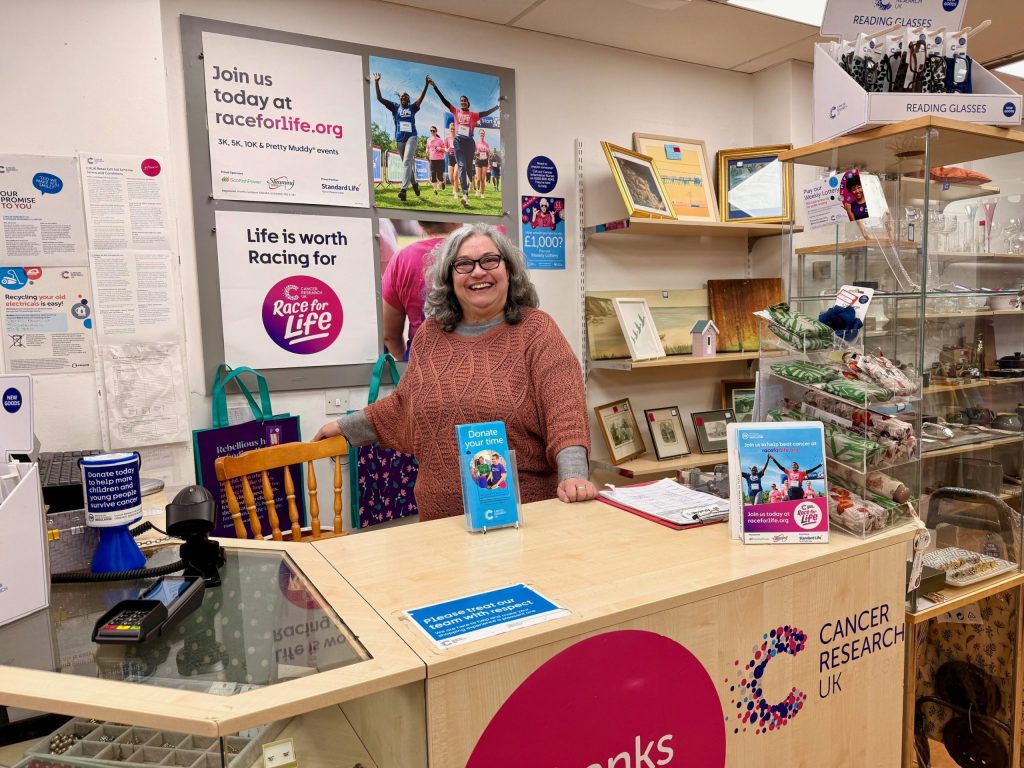
That is the case at Cancer Research UK, where 76p of every £1 spent goes to the cause.
Manager Beana Saundh has an assistant manager and 22 volunteers, most of whom have been with the charity for over 20 years. The oldest volunteer is 91 and works on Wednesdays.
Saundh said: “The oddest item brought in was an onion and crispy bacon used as a bookmark.”
She added: “The key is to price [a donation] so it will sell. If not, it’s not worth it to anybody.”
According to the Charity Retail Association, charity shops are not direct competitors to commercial interests, but their partners on the high streets, with the donated stock members sell not available to other retailers.
The charity retail sector is able to sell or recycle around 90% of donated clothing, 90% of donated books and 85% of donated electrical goods.
Teddington’s charity shops are small enough to view the entire collection quickly, and for those with a sharp eye, select the one special piece to add diversity into a wardrobe or a book to their collection.
Teddington is a middle-class town with affluent residents who support local charities by donating goods, which are then resold at competitive prices.
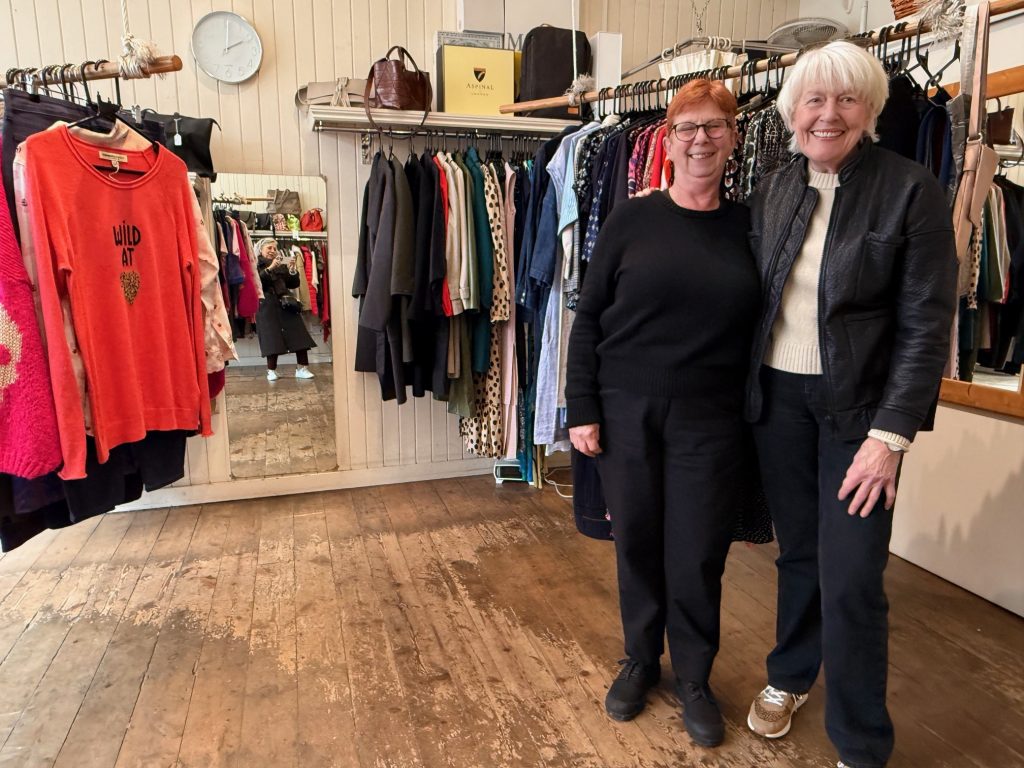
Among them is Sue Woodbridge, a regular customer at The Clothes Horse Dress Agency. She retired as a personal assistant in wealth management and has been selling and buying from the Clothes Horse for years.
She said: “The window display will draw you in, come in and investigate and more.”
The Clothes Horse offers a curated selection of items for women on consignment. Valerie and John Price bought the business ten years ago and have a loyal customer base who bring in clothes for sale and purchase something they see that they love.
Valerie said: “Since Covid, people don’t dress up as much anymore, so we offer casual daywear rather than formal wear.
“We are picky about what we accept, and everything that can be bought online needs to be reasonably priced here. Cashmere jumpers sell well.”
About 20% of the items end up going back to the client or are donated.
Unlike shopping online, charity shops allow customers to judge the quality firsthand instead of relying on online retailers’ reviews.
Donations can include clothing, books, furniture, and other items, at significantly lower prices than retail stores, making them accessible to people with limited budgets or people who want out of print books, CD’s, or to replace a broken piece of China.
The inventory changes often. If an item does not sell in a few weeks, the shops with sister stores in other towns may take the item.
If they don’t sell, it will be sent to a recycling trader who may ship things to one of the African countries, which reduces waste and promotes sustainable consumption.
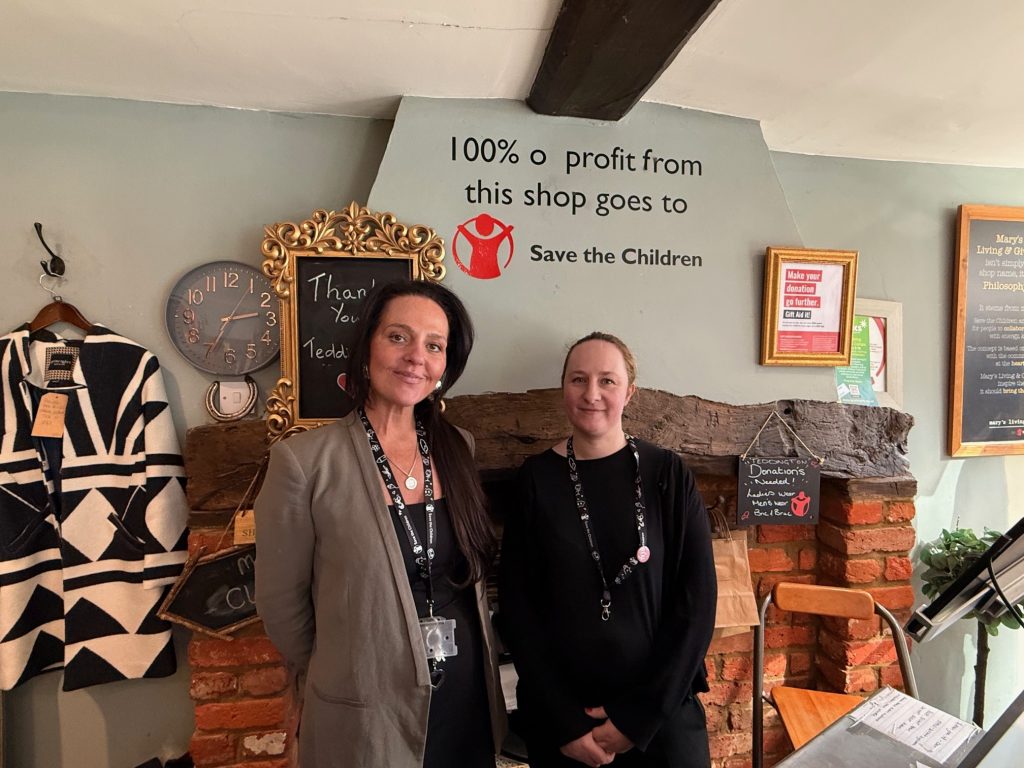
Mary’s Living & Giving Shop for Save the Children manager Laly Cassidy said: “Charity shops do well when there is a sense of community. We have an elite stock here with a boutique feel.
“Items are classic, and we use affordable pricing keeping track of everything sold so the donor knows the value of their contribution. Prices are offered at one third of their original price and vary based upon the condition and age.
“If an item does not sell within two weeks, it is moved to another Save the Children shop so the inventory continually changes bringing in customers more frequently to see new items, so customers always feel it’s a treat to come in. You may go home with a pair of Louboutin heels.”
Oxfam, meanwhile, supports small co-operatives in villages which grow coffee and sell it to a middleman, who makes sure they receive a fair price, also known as fair-traded.
Horatter said: “When people lost their jobs, and the economy stalled, buying things for less was extremely important.
“We have one paid deputy and 15 volunteers who work two hours a week. Books and women’s tops are our best sellers.”
Margaret has been a volunteer there for 35 years, and Pauline for 26 years. They met at the shop and enjoy working together every week.
They once found £40 of Deutschmarks in a pocket, and two beautiful Peruvian rugs.
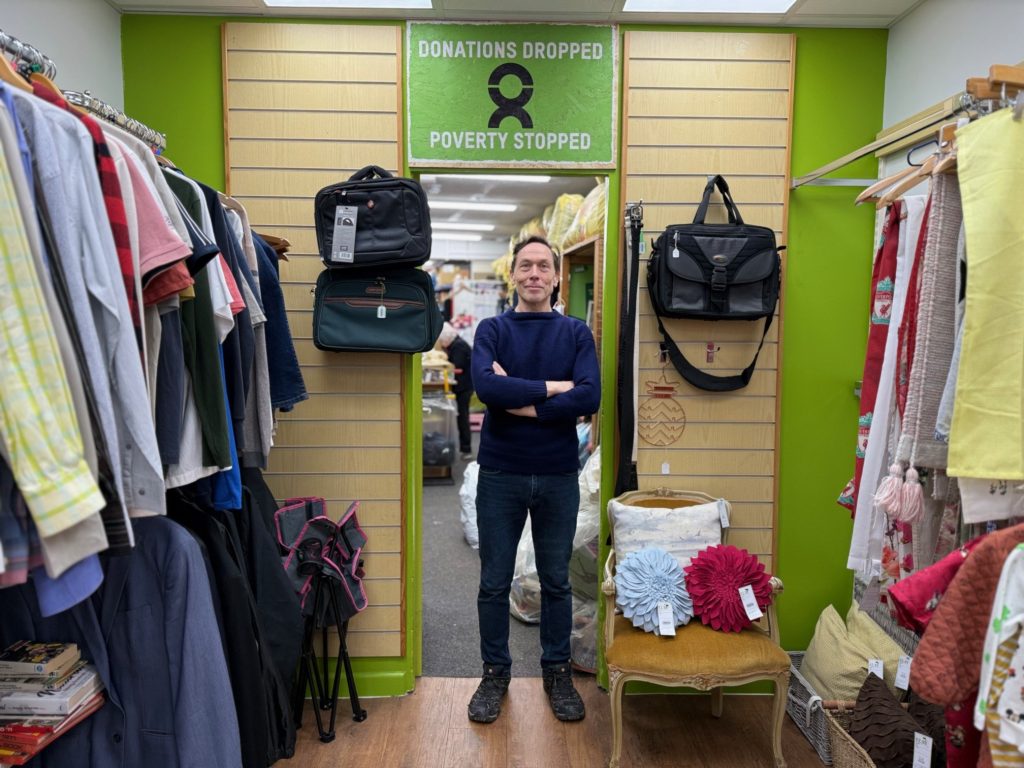
At the British Heart Foundation, items are displayed in departments coordinated by themes. They also support local community events posting fliers near front door including recipe cards for people to take home.
They offer free pick up for clothing making it even easier for people to donate. Furniture is handled in the Kingston and Feltham.
The Blue Cross charity shop sells a mixture of donated clothes, books, toys, household goods and soft furnishings, they also raise money for helping sick, injured, and homeless pets, while Princess Alice Hospice offers the opportunity to either purchase in person or via their eBay shop.
What’s the future of the charity shop? It depends upon the community. If more people decide to use an online app to sell their articles directly and not donate, this may hurt the available inventory for the shops.
Shooting Star Children’s Hospices assistant manager Kim Barrett-Trachsel, who has 21 volunteers, said: “The changes over the past several years are less donations and less quality of options.”
But overall, Teddington’s thriving community is coming together to support each other and their charities.
